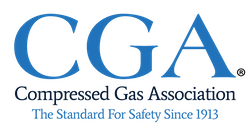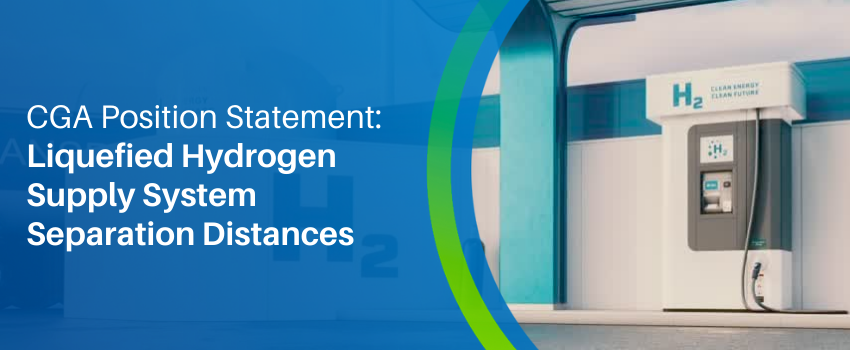September 21, 2022
The requirements for producing, storing, and using hydrogen can be found in the National Fire Protection Association’s, NFPA 2, Hydrogen Technologies Code, a model code that many municipalities have adopted.
CGA members, among other technical experts, use their expertise and experience to continually update and evolve the Hydrogen Technologies Code through membership in the NFPA 2 technical committee.
The Compressed Gas Association (CGA) has issued a position statement explaining the process of using updated code requirements before those requirements have been published. This position statement can be of great value to those installing and operating hydrogen supply systems.
NFPA 2 – 2024 Edition
In the latest code revision cycle for the upcoming 2024 edition of NFPA 2, a task group of technical experts developed new requirements for setback distances between liquid hydrogen supply systems and exposures such as buildings, places of public assembly, and all other exposures that could be in the vicinity of a hydrogen supply system. The task group used scientific tools that were challenged and checked by a wide range of experts to produce traceable and justifiable requirements.
The Value of the New Distance Standards
Fueling stations, either standalone hydrogen stations or hydrogen fueling systems co-located with gasoline stations, usually have space limitations. The new exposure distances simplify the challenging process of finding room for hydrogen supply systems at these near-consumer locations while continuing to protect public safety.
The 2024 edition of NFPA 2 is expected to be released in August 2023, and then municipalities must adopt the new edition for it to become law.
Until then, must hydrogen system installers use the more challenging distances that are currently in effect? Fortunately, that is not necessary. NFPA standards offer an equivalency clause that allows the use of alternate systems, methods, or devices so long as they provide equal safety.
CGA Position Statement: Liquefied Hydrogen Supply System Separation Distances
CGA has developed a new position statement PS-69, Liquefied Hydrogen Supply System Separation Distances. The position statement explains the NFPA equivalency process and how hydrogen supply systems installers can develop a request for a variance from the local authority having jurisdiction (AHJ). The statement points to publicly available material from the NFPA 2 website that can be submitted to justify the request for a variance. This position statement is free to anyone who wishes to use it.


